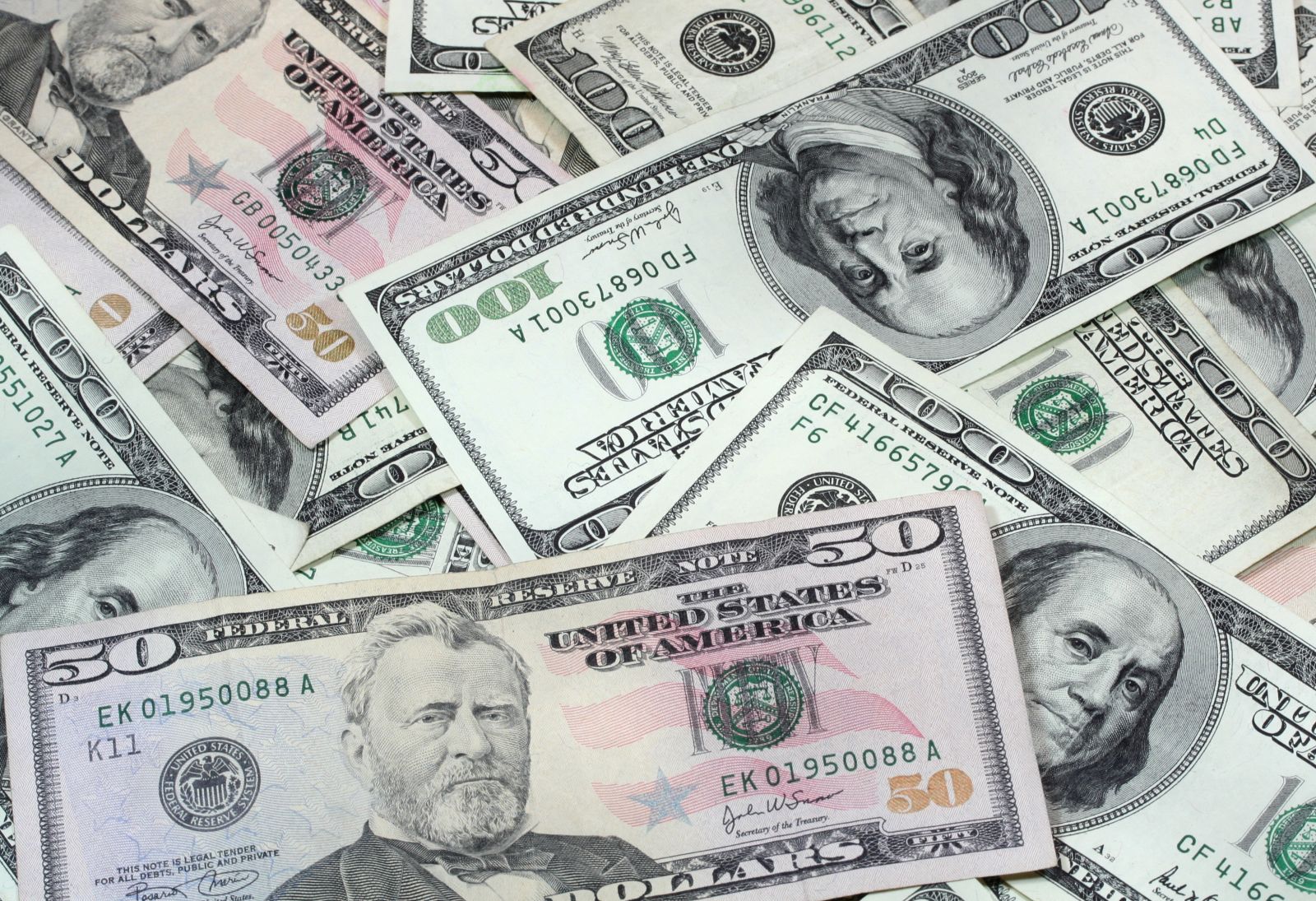
In a November 29, 2024, Barchart article on the U.S. dollar, I concluded:
The bullish trend since 2008 and the bearish trend since 1985 are more reasons for confusion about the index’s path of least resistance. The move above 107.35 could be a clue about the dollar’s status against the other reserve currencies and its dominant position worldwide.
The index broke out on the upside, barely eclipsing the 110 level in mid-January 2025. However, it was back to around 107 in early February as bullish and bearish factors continued to pull it in opposite directions.
A rally and correction in the dollar index
The dollar index took off on the upside after the early November 2024 U.S. election.

The dollar index’s four-month daily chart highlights the 6.6% rally from 103.37 on November 5, Election Day, to 110.18 on January 13, 2025. The index ran out of upside steam on January 13 and has corrected 2.9% lower to 106.97 on January 27. In early February, the dollar index remained closer to the recent low than the mid-January peak.

The ten-year monthly chart illustrates that the dollar index rose to its highest level since November 2022, when it briefly eclipsed the 110 level. At near 107.50, the index’s long-term trend remains higher, but it has declined from its most recent peak.
Interest rates provide no clues for the dollar index
One of the most significant factors in determining the path of one reserve currency versus others is interest rate differentials. While the short-term U.S. Fed Funds Rate has declined by 100 basis points, and the central bank forecasts another 50 points of cuts in 2025, longer-term U.S. rates remain stubbornly higher as inflation remains above the Fed’s 2% target and U.S. debt is over $36.4 trillion and rising.
Falling short-term rates and high long-term U.S. rates offer a mixed picture that does not support nor weigh on the U.S. dollar index in February 2025.
The bullish case
The bullish chase for the U.S. dollar over the coming months is as follows:
- The U.S. dollar index’s short-term path of least resistance since November 5 remains higher, and the trend is always a trader or investor’s best friend.
- The dollar index’s long-term trend remained higher since the March 2008, as the index has made higher lows and higher highs.
- The Trump administration has warned other countries that abandoning the U.S. dollar as the world’s reserve currency would cause a severe economic response.
- Higher U.S. interest rates for longer support a higher dollar.
- A potential end to conflicts in the Middle East and Ukraine and a break in the stalemate between Washington and Beijing could support a higher dollar index.
While the dollar index’s short-term upside target is just over 110, the longer-term upside technical resistance levels are at the September 2022 114.78 peak and the July 2001 121.02 high.
The bearish case
The bearish case for the U.S. dollar index is as follows:
- Tariffs under the Trump administration could cause trading partners to use other currencies for cross-border payments.
- Saudi Arabia ended its 50-year petrodollar pricing policy in 2024, selling crude oil to China and India for local currencies.
- A BRICS currency’s potential to challenge the dollar’s role as a reserve currency could reduce the U.S. currency’s dominant position.
- Gold, the world’s oldest means of exchange, remains in a bull market for over a quarter of a century, rising from $252.50 in 1999 to over $2,900 per ounce in 2025. Gold remains in a bullish trend. Central banks and governments remain net buyers of the metal, increasing reserves. Rising gold prices weigh on all fiat currency values, and the U.S. dollar is no exception.
- Geopolitical instability and the America First policies under the Trump administration could isolate the U.S., reducing dollar dominance in global markets.
Support for the dollar index is at the September 2024 100.16 low and the July 2023 99.58 bottom.
UUP and UDN are the dollar index’s bullish and bearish ETF products
The most direct routes for a risk position in the U.S. dollar index are the futures and futures options on the Intercontinental Exchange. Invesco offers ETF products that appreciate when the dollar index rises or falls:
- At $29.24 per share, the Invesco DB U.S. Dollar Index Bullish Fund (UUP) had over $404 million in assets under management. UUP trades an average of over 1.624 shares daily and charges a 0.77% management fee. UUP moves higher and lower with the dollar index.
- At $16.97 per share, the Invesco DB U.S. Dollar Index -1X Bearish Fund (UDN) had over $46.38 million in assets under management. UDN trades an average of over 90,000 shares daily and charges a 0.77% management fee. UDN moves higher when the dollar index falls and vice versa.
The trend is always your best friend, which remains higher in the U.S. dollar index in February 2025. Currency markets reflect the global economic and political landscapes, which could be highly volatile and uncertain in 2025, given the change in the U.S. administration. Trading the dollar index could be the optimal approach. UUP and UDN are unleveraged trading tools available to stock market participants in standard accounts.







